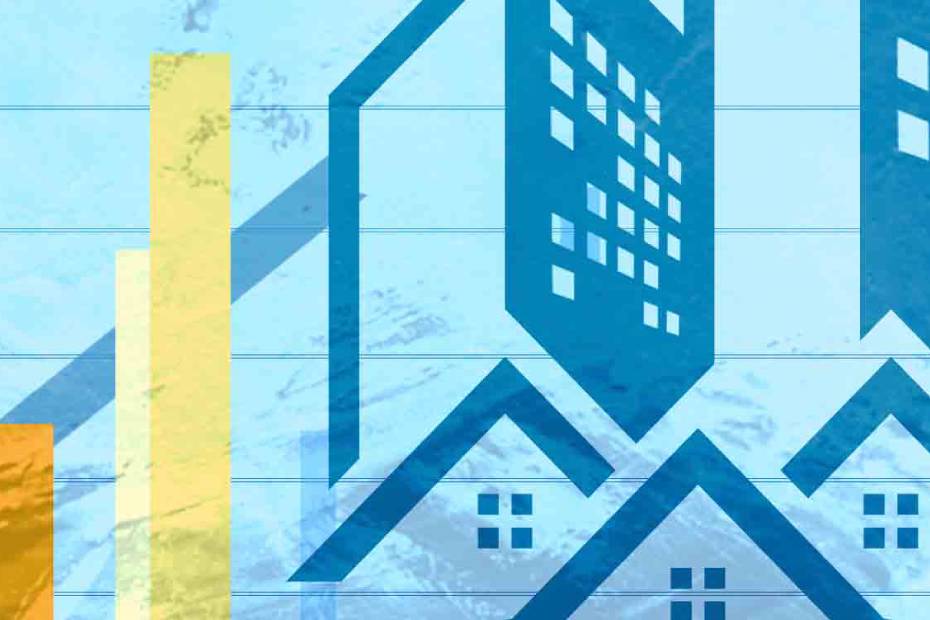Published April 21, 2021 • 3 Min Read
1. Income, debt and expenses
Typically, lenders look at two main comparisons as ratios to see if a potential buyer can afford the mortgage.- The first compares your income to your mortgage expenses (Gross Debt Service (GDS)). As a rule of thumb, “No more than 30% to 32% of your gross annual income should go to ‘mortgage expenses.’” This includes principal, interest, heating costs and property taxes (plus fees for condominium maintenance).
- The second compares your gross annual income to your existing debt — house, credit cards, personal loans and car loans (Total Debt Service (TDS)). Depending on the lender, your total debt payments shouldn’t exceed 37% to 40% of your gross annual income.
2. Getting your numbers in shape
If you’re falling outside the ratio benchmarks, don’t lose hope. Now is the time to review your budget, debt, and other expenses so that you can comfortably afford your new home. Here are some options:- Consider reducing any of your lifestyle expenses to improve your cash flow. Is there a way you can bring down any outstanding debt?
- Consider whether you have any short-term expenses that will be going away, such as a car payment, student loan, or childcare costs.
- Consider looking at lower-priced homes that still meet your needs. A lower-priced home may give you a bit more breathing room in day-to-day life
3. Understanding carrying cost
As you plan for home ownership, it’s important to understand any other ongoing costs (the “carrying cost”) you will need to cover. The checklist below can help you calculate what those ongoing costs might look like. While you may not know all these costs are now, just knowing some of the most common expenses can help you determine how much “house” you can afford to purchase and ultimately carry. While you are in the early stage of your home buying journey, it is a great time to research and work through each of the fields in the carrying cost table. Online calculators are also a great way to get a realistic overview of your total expenses.Tip: You may want to consider adding additional expenses like grocery bills, transportation, or internet/Wi-Fi — and rank them in order of necessity.
GET ONE STEP CLOSER TO HOME OWNERSHIP:
If you’re reading about GDS ratios and calculating how much home you could afford*, you must be serious about buying a house. If you feel the timing is right, consider starting a mortgage pre-approval.
* The True House Affordability Tool provides a prequalification, which gives you an estimate of the amount of mortgage you may qualify for with us based on the accuracy and completeness of the information provided by you. This prequalification is for illustrative and general information purposes only and is not intended to provide specific financial or other advice. Prequalification is not the same as a mortgage approval or pre-approval.
This article is intended as general information only and is not to be relied upon as constituting legal, financial or other professional advice. A professional advisor should be consulted regarding your specific situation. Information presented is believed to be factual and up-to-date but we do not guarantee its accuracy and it should not be regarded as a complete analysis of the subjects discussed. All expressions of opinion reflect the judgment of the authors as of the date of publication and are subject to change. No endorsement of any third parties or their advice, opinions, information, products or services is expressly given or implied by Royal Bank of Canada or any of its affiliates.
Share This Article






